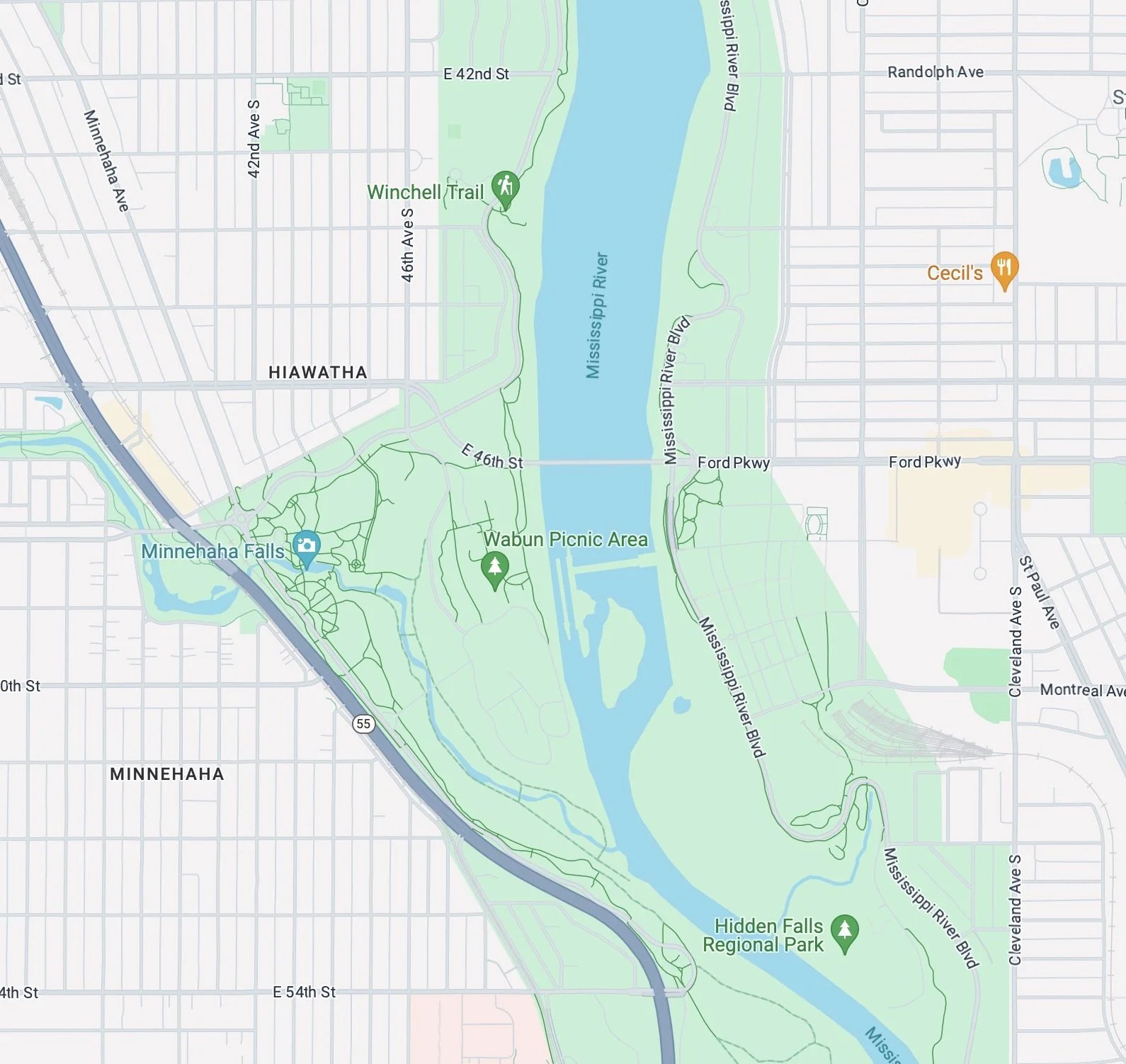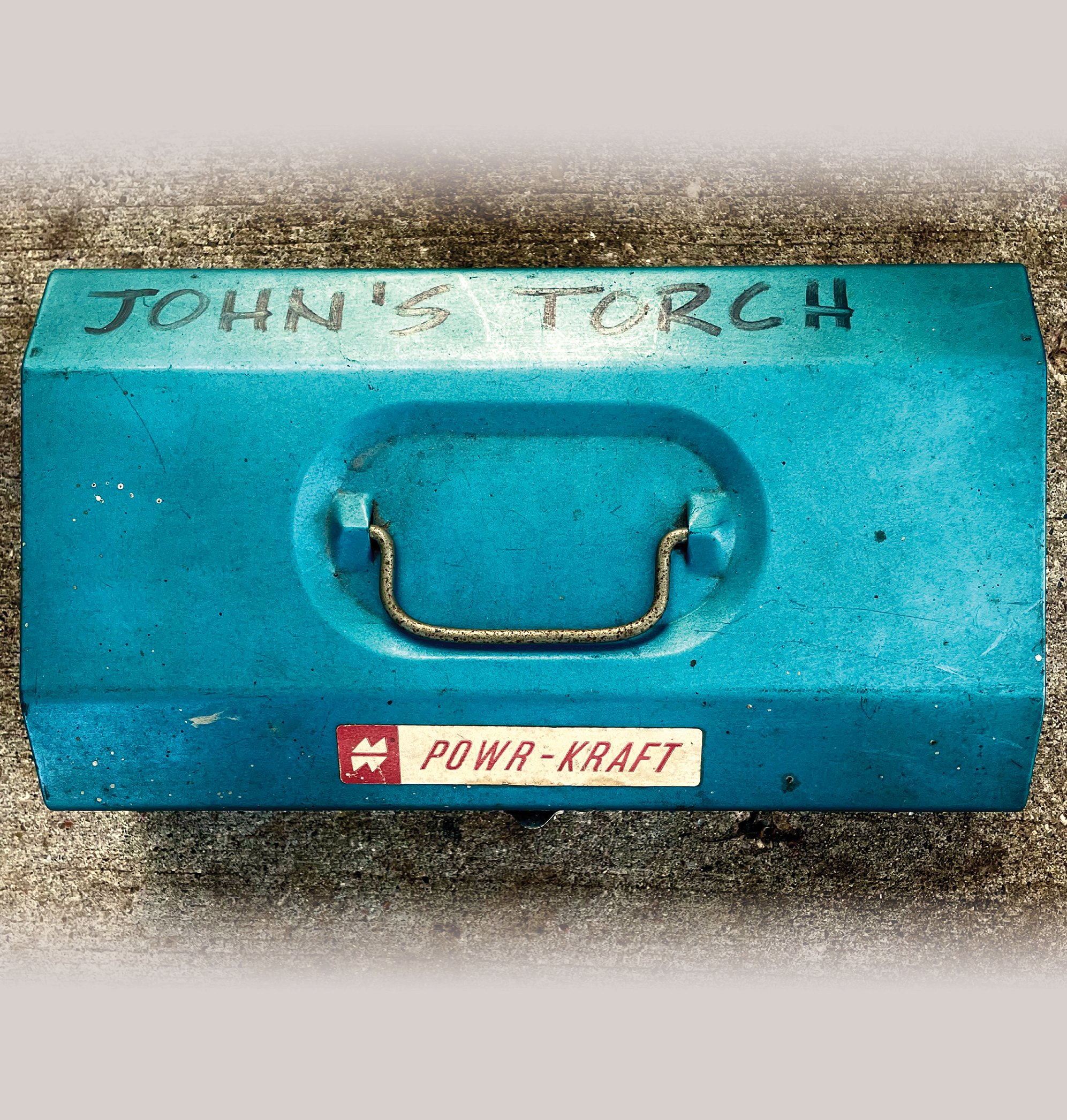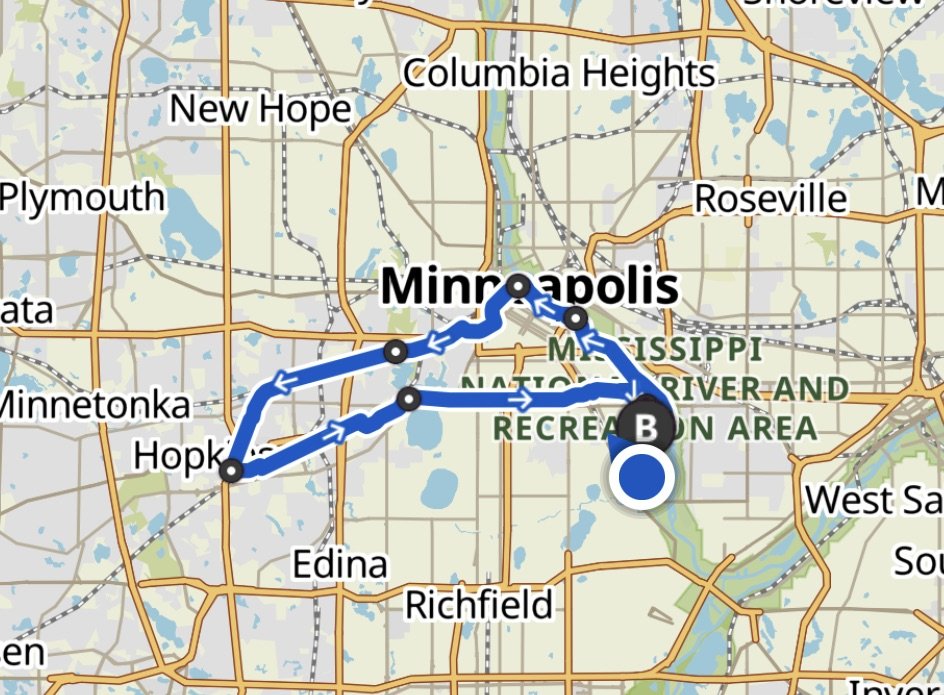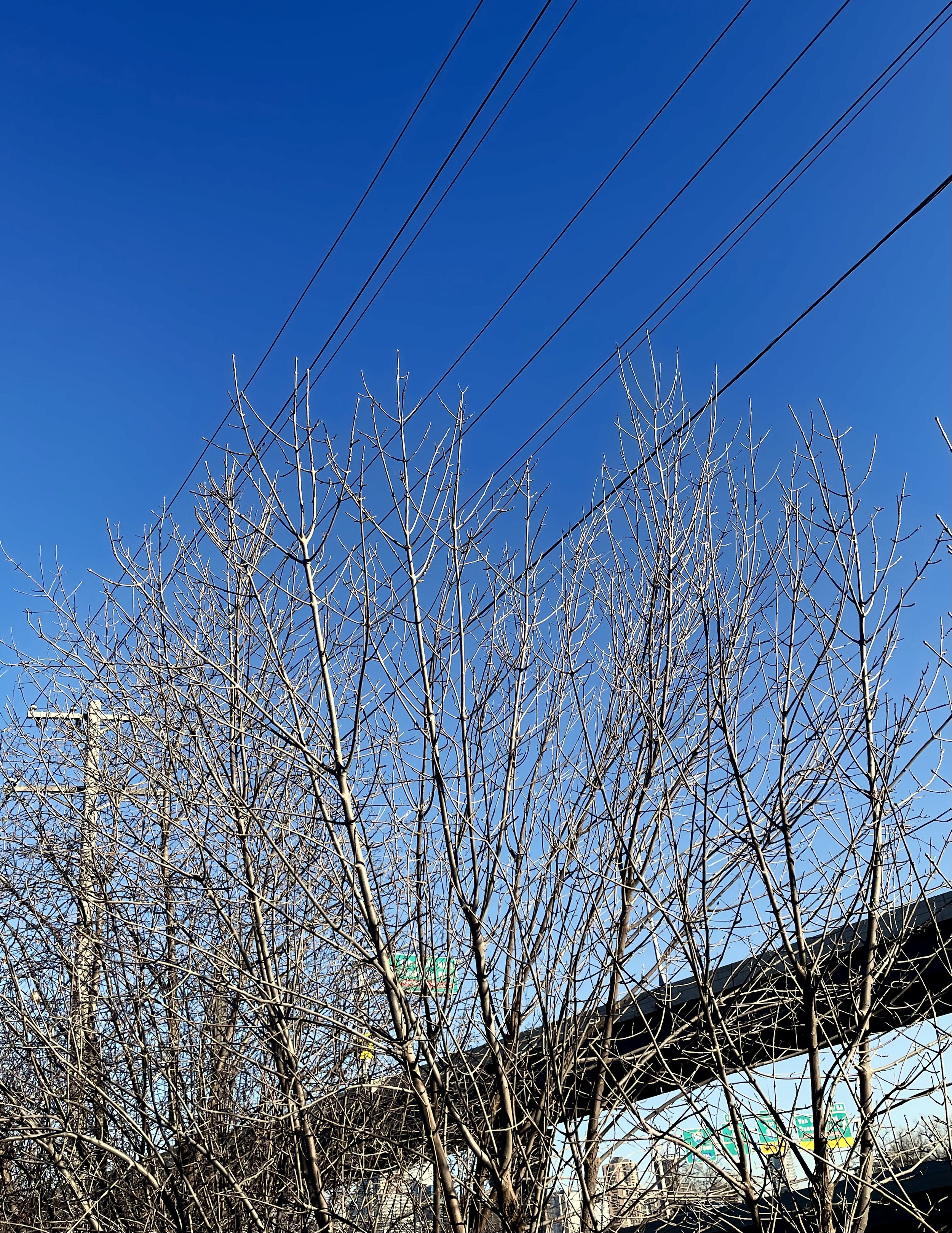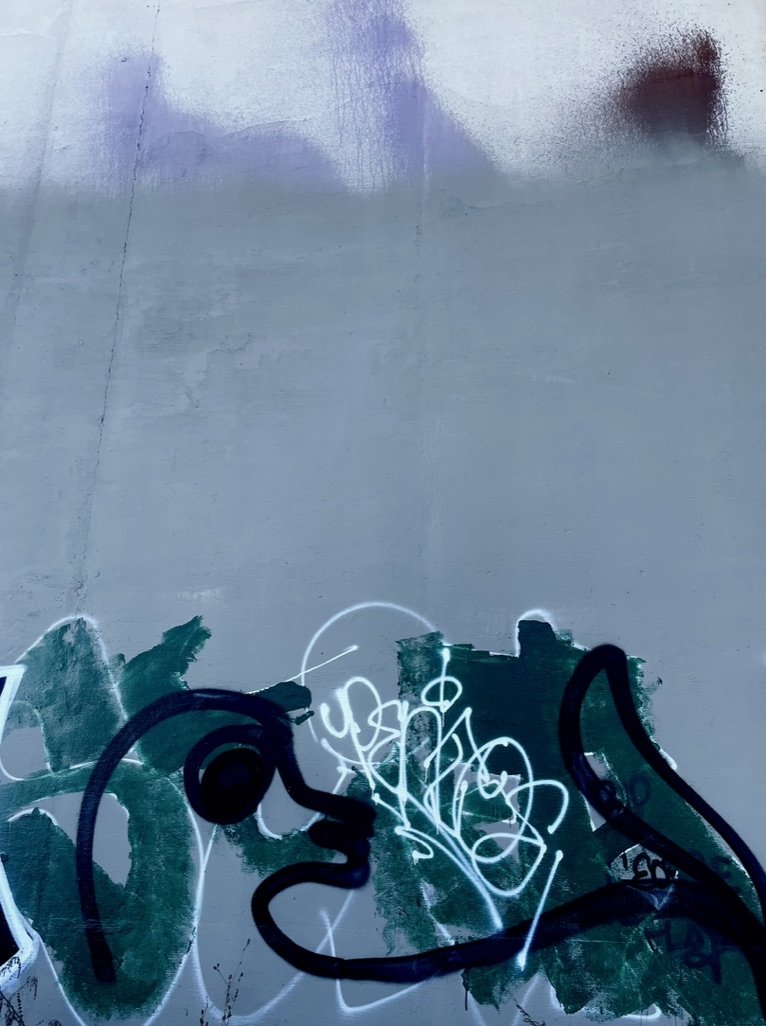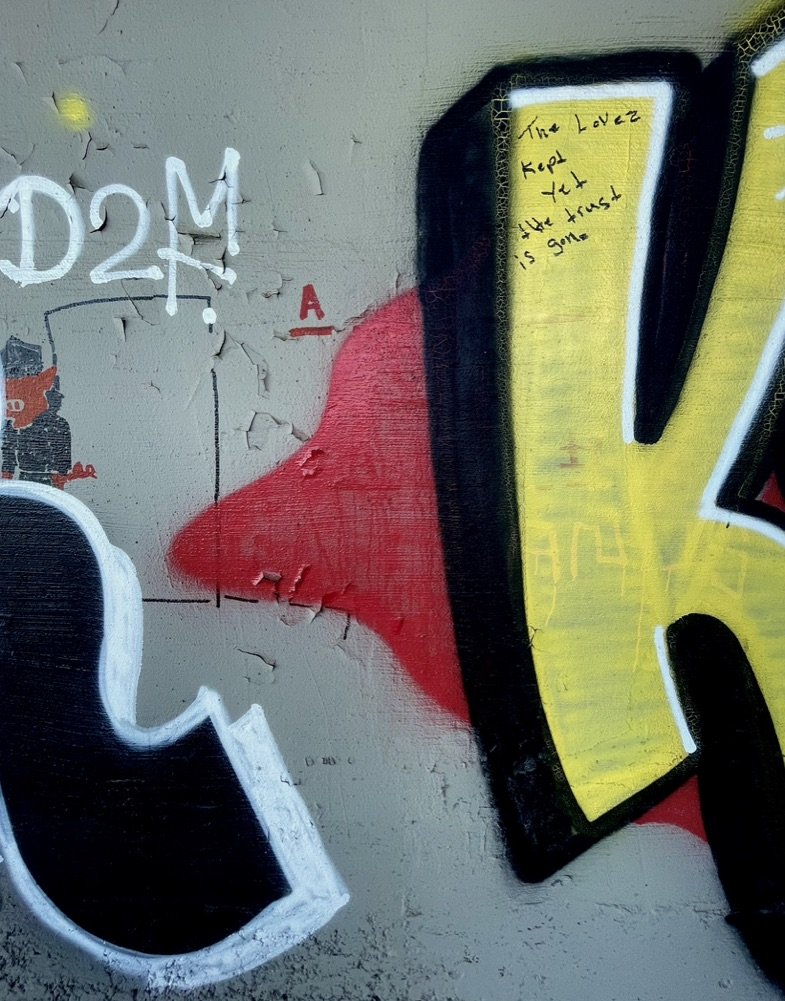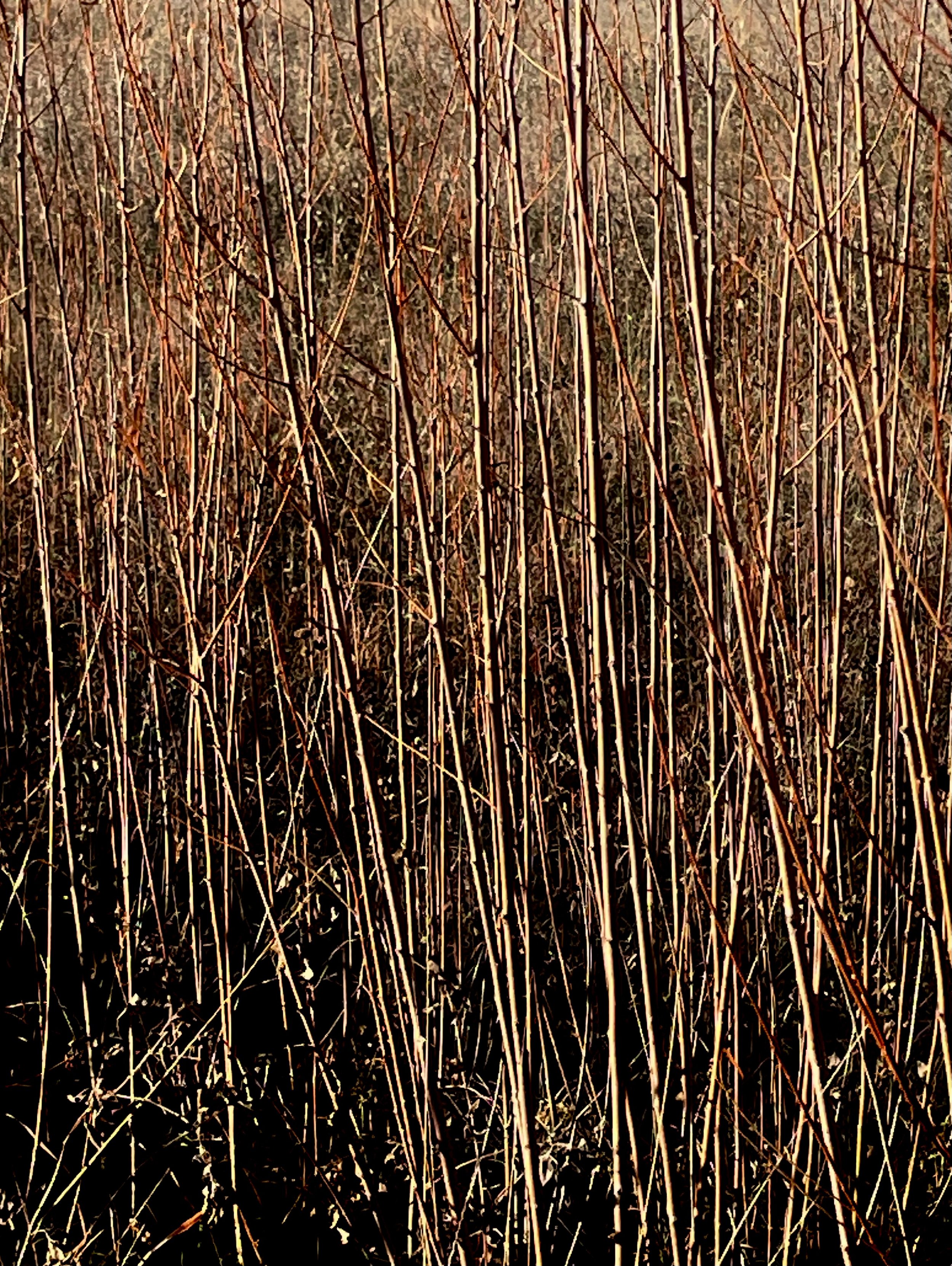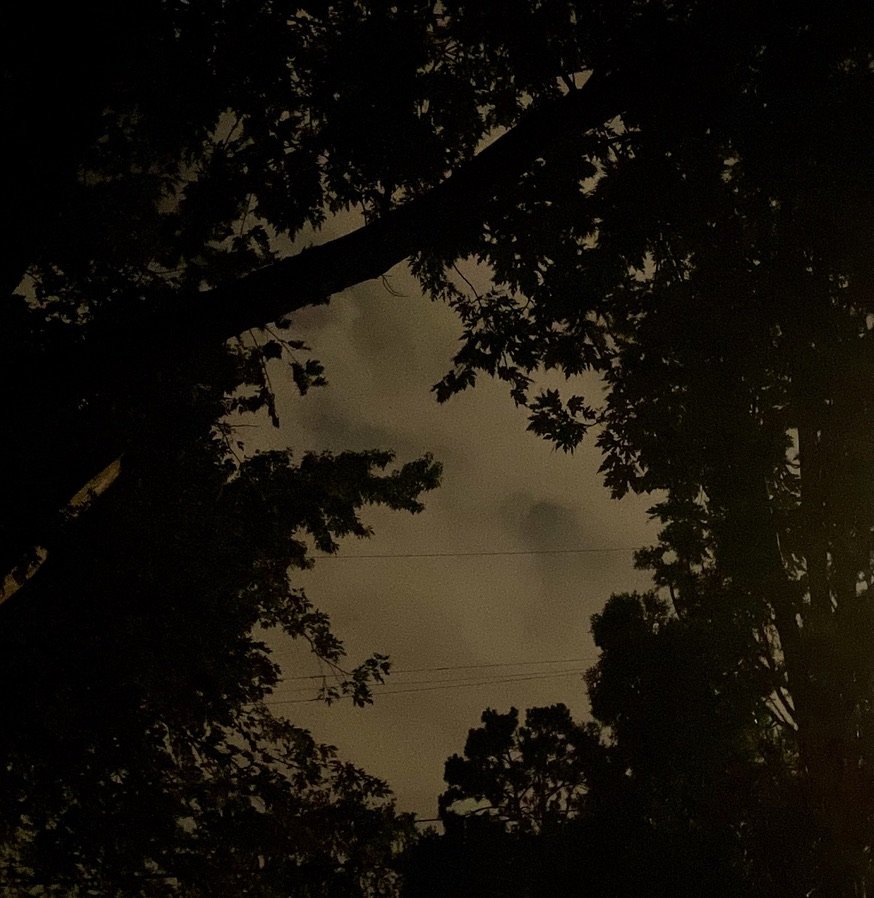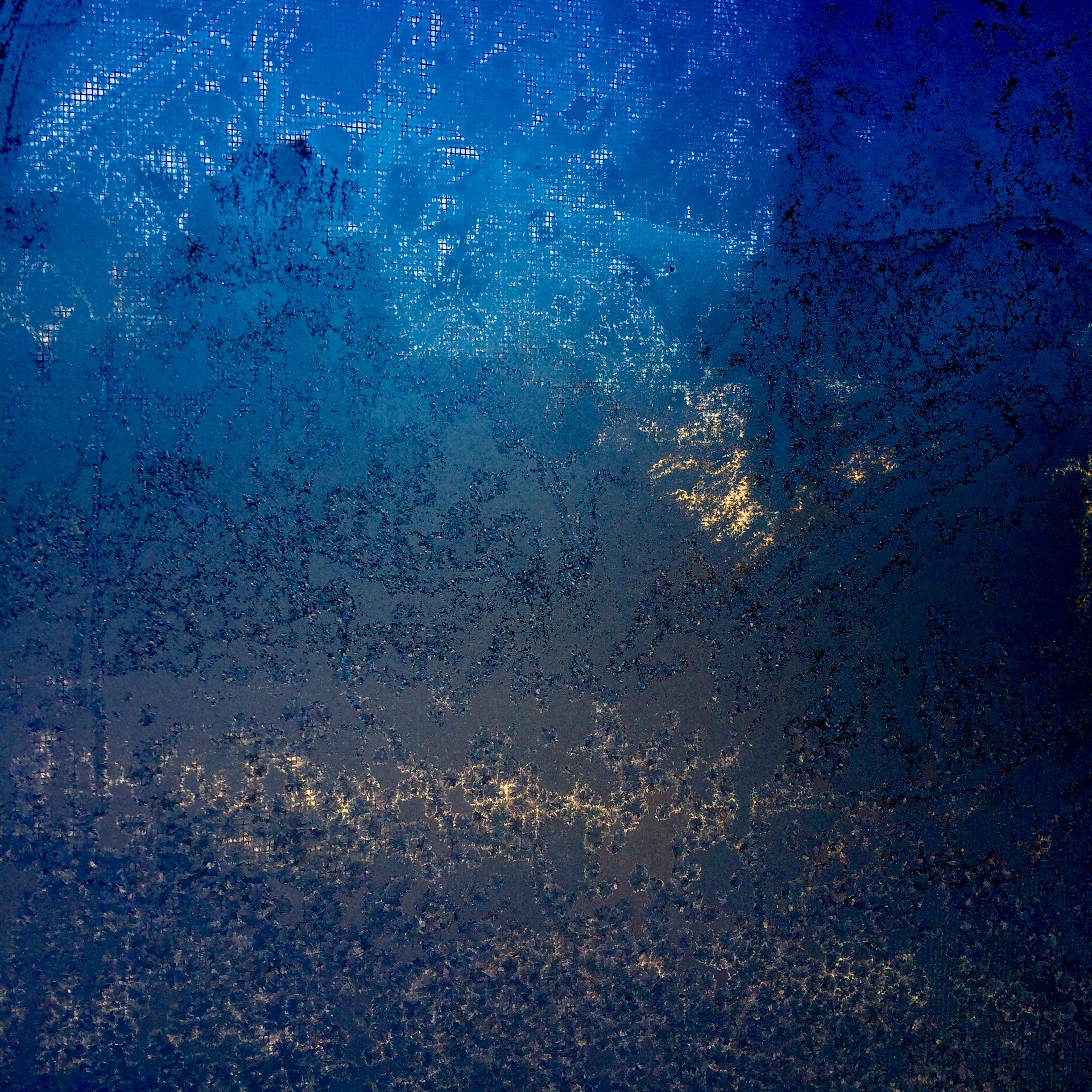I did laundry on Saturday afternoons every couple of weeks and looked forward to it because things felt different while doing it, and afterwards too. It was a reset. It was empowering to complete a defined task from beginning to end in a single afternoon, unlike everything else that was filled with uncertainty and infinity. Laundry on Smith Hill, solo bike rides, occasional cocktails with friends, and grocery shopping at Star Market were the only distractions I needed. If it was a gray day, even drizzling, I enjoyed laundry day more because that’s the best time for inside looking out chores, especially at the laundromat.
I had a large backpack which could hold everything if I stuffed hard, with room in the top pocket for odds and ends including my Walkman. After packing, I rolled my bike through the foyer and heavy double doors with frosted glass, to the long front porch of the brick house my apartment was in. Then I cued the volume to the Special Beat Service disk. Once I put the Walkman in the top pocket of my backpack, I couldn’t access the controls while riding, so I selected the song Save It for Later, put it on a loop and left a gap in the pocket for the earbud cord. It was the perfect song for the ride to and through the Smith Hill neighborhood. There was a short steep downhill onto the flats across two streets, a boulevard park, the thin Providence River, then a long gradual uphill grind past the McKim, Mead & White designed State House from 1895. I spent hours with strangers who were doing their laundry too. I drew, watched pedestrians pass by, and eventually crossed the street to get hotdogs from Baba’s for lunch, or dinner. The neon, murals, chaotic signage, and typography were comforting and even better than the dogs. The Smith Hill neighborhood could have been in a different northeast town, in a different state during those hours. It’s difficult to describe a New England city neighborhood, but there’s a similarity, a common architecture of three story multi-family homes, and an urban feel that was new to me.
In those days, I was unreachable unless I was at my apartment, or at the studio. Personal computers as we know them barely existed and I didn’t own one until ten years later. Laptops, tablets, and smart phones were science fiction and when I returned home there wasn’t a blinking answering machine either, only a heavy black rotary phone that I’d owned for years. I liked being unreachable. After I finished folding and stuffing my clean laundry back into my pack, I road slowly back towards my neighborhood, savoring the late afternoon and the smell of dryer sheets. When I approached the long downhill, I released the brake and flew past the State House where the wind changed everything again.
Songs :: Save It for Later by The English Beat, Save It for Later by Eddie Vedder, Wild Wild Life by Talking Heads, and Buckets of Rain by Bob Dylan
Images :: Google Earth
© C. Davidson



